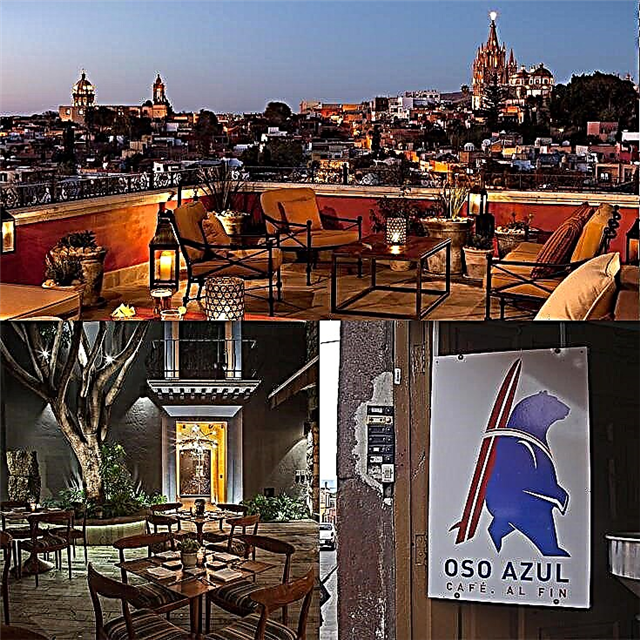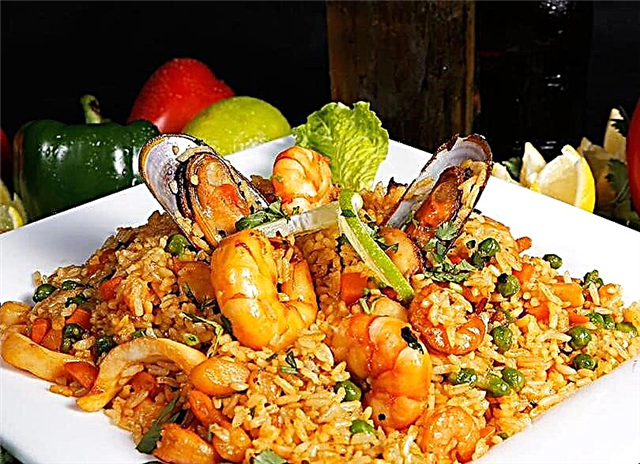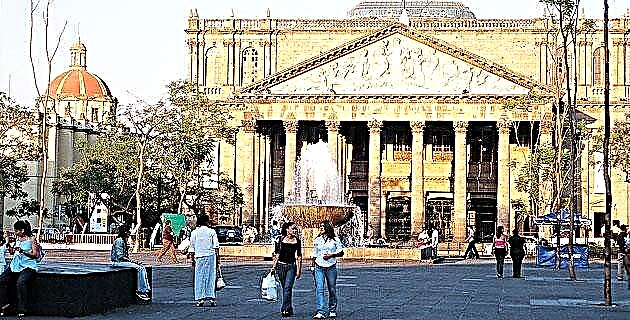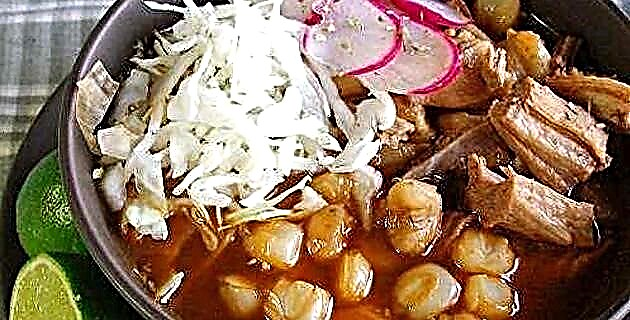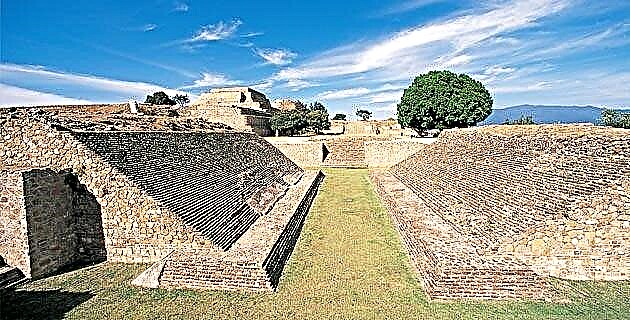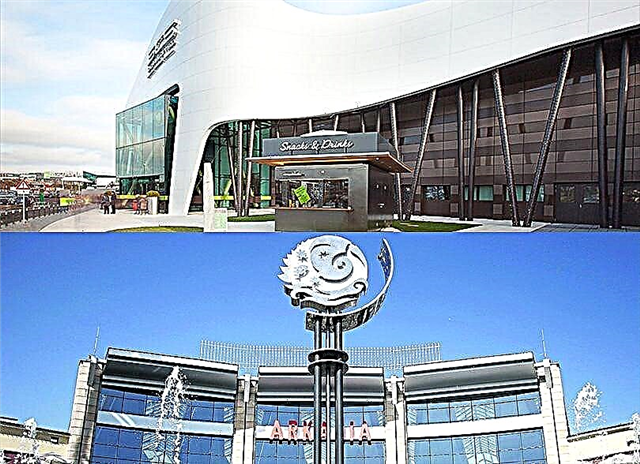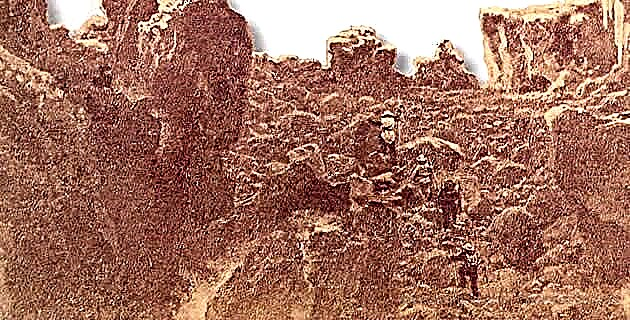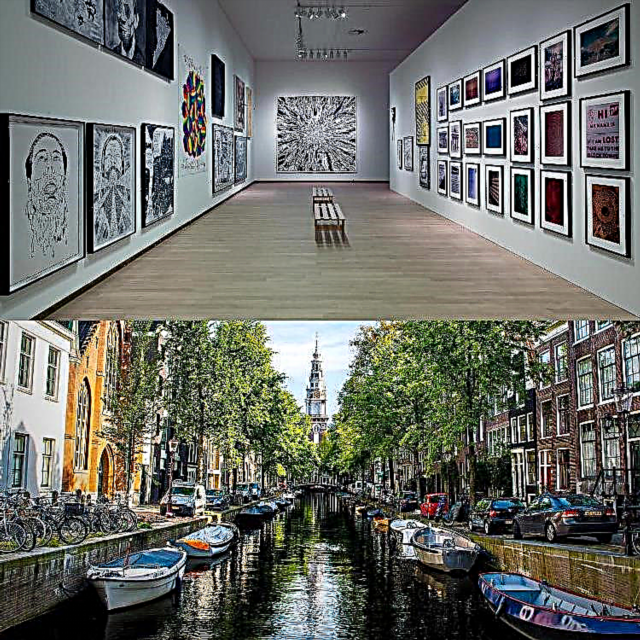The 90 islands surrounded by canals of beautiful Amsterdam, full of beautiful and sumptuous palaces and houses and museums that are home to the great treasures of Dutch art, await you for a pleasant journey through water and land.
1. Amsterdam canals
Amsterdam, the Venice of the North, is a city of land stolen from the sea and surrounded by canals. Over the canals there are about 1,500 bridges, many of them beautiful pieces of architecture. The oldest canals date back to the 17th century and surround the central point as concentric belts. Today's innermost canal is the Singel, which surrounded the medieval city. The houses facing the Herengracht and Keizersgracht canals are by themselves beautiful monuments that recall the great people who stayed in them, such as Tsar Peter the Great, American President John Adams and scientist Daniel Fahrenheit.
2. Dam Square

Surrounded by beautiful buildings, this square presides over the historic center of the Dutch capital. It has an area of about 2,000 square meters and emblematic streets of Amsterdam flow into it, such as Damrak, which connects it with the Central Station; Rokin, Nieuwendijk, Kalverstraat and Damstraat. In front of the square are the Royal Palace; the Nieuwe Kerk, a 15th century temple; the National Monument; and the Madame Tussaud's Wax Museum.
3. Nieuwe Kerk

The New Church is located next to the Royal Palace, on Dam Square. It was erected in the early 15th century, and over the next 250 years it was destroyed by several of the fires that ravaged Amsterdam, then a city of houses. of wood. It is the occasional scene of high-end acts. There they married in 2002 Prince Guillermo Alejandro, current monarch, and the Argentine Máxima Zorreguieta. In 2013, the temple was the coronation site of King William of the Netherlands. Great figures from Dutch history are buried in the church.
4. Royal Palace of Amsterdam
This classicist-style building is located in the center of the city, on Dam Square. It dates from the 17th century, when Holland experienced its golden age thanks to fishing and trade, mainly cod, whale and their derivative products. It was inaugurated as a city hall and only later became a royal house. The monarchs of the Kingdom of the Netherlands currently use it for formal ceremonies and official receptions. It is open to the public.
5. Amsterdam Central Station
Beautiful building inaugurated in 1899 that is the main railway station in the city. It was designed by the illustrious Dutch architect Pierre Cuypers, who is also the author of the National Museum and more than a hundred churches. It has immediate access from the Amsterdam Metro and from the tram lines that go to the city center.
6. Jordaan

This neighborhood surrounded by 4 canals began as the residence of the working class and today it is one of the most exclusive in Amsterdam. Lavish residences are mixed with expensive boutiques and restaurants, art galleries and other upscale establishments. The Jordaan has been linked to the artistic and bohemian life of the city. Rembrandt spent the last 14 years of his life there and statues were erected in the neighborhood in honor of Dutch artists. At one end of the Herengracht canal is the House of the West Indies, from where New Amsterdam was administered, named after New York when it was a Dutch colony.
7. Red Light District

The also called Barrio de las Luces Rojas is famous for its nightlife and for its liberal consumption of everything forbidden in other places, from sexual fun to drugs. It is located in the city center, between Dam Square, Niewemarkt Square and Damrak Street. At night, there is no more frequented place in Amsterdam, but do not believe that they close for the day. Even tourists who are not looking for fun feel an obligation to get to know the picturesque neighborhood.
8. Rijksmuseum

The National Museum in Amsterdam exhibits the finest Dutch art since the 15th century, with works by Sint Jans, Van Leyden, Vermeer, Goltzius, Frans Hals, Mondrian, Van Gogh, Rembrandt and other great masters. Non-Dutch art is represented by Fra Angelico, Goya, Rubens and other great luminaries. The most important piece in the museum is The night watch, a decorative painting commissioned by the Amsterdam Arcabuceros Corporation and which is now an invaluable masterpiece.
9. Rembrandtplein

Rembrandt Harmenszoon van Rijn, the great Baroque master and leading historical figure in Dutch art, lived in the 17th century in a house near the square that now bears his name. The square is dominated by a beautiful sculpture of someone who stood out in painting and engraving and was originally a space for trade, especially dairy, which is why it was called the Butter Market. Another of the great attractions of the square, at the foot of the Rembrandt statue, is the bronze ensemble The night watch, a tribute made by Russian artists to the most famous painting of the Dutch genius.
10. Rembrandt House Museum

The house Rembrandt lived in in Amsterdam between 1639 and 1658 is now a museum. The street on which the house is located was called the Sint-Anthonisbreestraat in Rembrandt's time and was the residence of merchants and artists of certain resources. It is believed that before being occupied by Rembrandt, the house was remodeled by the prestigious architect Jacob van Campen. It was converted into a museum in 1911 and exhibits a large number of the artist's drawings and prints.
11. Van Gogh Museum

Vincent van Gogh, the tormented Dutch painter of the 19th century, is another symbol of the art of the Netherlands. Van Gogh produced a lot and sold few works in his lifetime, and when he died his brother Theo inherited about 900 paintings and 1,100 drawings. Vincent Willem, a son of Theo, inherited the collection, part of which was exhibited in some rooms until the Van Gogh Museum opened in 1973. It operates in a modern building and includes some 200 paintings and 400 drawings by the great artist, including The potato eaters. There are also works by other great masters, such as Manet, Monet, Toulouse-Lautrec, Pisarro, Seurat, Breton, and Courbet.
12. Stedelijk Museum

This museum located near the National Museum and the Van Gogh Museum is dedicated to modern art. One of its main dedicated collections corresponds to Kazimir Malevich, the Russian artist who founded Suprematism, the trend that began around 1915, which is based on geometric abstraction. The museum also has a room by Karel Appel, the Amsterdam painter who moved to Paris in the mid-20th century after scandalizing his hometown with a mural in the city hall, which the authorities kept covered for 10 years.
13. Anne Frank House

No young woman symbolizes Nazi horror like Anne Frank. The Jewish girl who wrote a famous newspaper, was imprisoned in a house in Amsterdam where she was taking refuge with her family and died in a concentration camp at the age of 15. Now this house is a museum dedicated to the memory of Anne Frank, who is also a symbol against all forms of persecution. Visitors can learn about Ana's hiding place before her martyrdom.
14. Begijnhof

This elegant neighborhood of Amsterdam was founded in the mid-fourteenth century to house the Beguines, a Christian congregation of lay women who led both contemplative and active lives, assisting the poor. The oldest house in the city, built in the early 16th century, is preserved in the neighborhood, one of only two mokummer houses that treasure the old and picturesque wooden facades. Other attractions of the place are the Engelse Kerk, a 15th century temple and the Begijnhof Chapel, which was the first underground church in Amsterdam after the arrival of the Reformation.
15. Heineken and its museum

Holland is a country of excellent beers and Heineken is one of its emblematic brands worldwide. The first Heineken bottle was filled in Amsterdam in 1873 and since then hundreds of millions of gold and black have been released in all presentations. Heineken Experience is a museum dedicated to the history of the brand, showing the manufacturing processes and equipment used over time in making the popular drink.
16. Amsterdam Botanical Garden
It was founded in 1638, being one of the oldest spaces of its kind in Europe. Like other European botanical gardens, it was born as a "natural pharmacy" of the royal house, to cultivate the medicinal plants used by the medical science of the time. It was enriched with the expansion of the Netherlands into the East Indies and the Caribbean and currently houses about 6,000 plants. The pioneer of genetics and rediscoverer of Mendel's Laws, Hugo de Vries, ran the botanical garden between 1885 and 1918.
17. Vondelpark

This park of almost half a million square meters is the most frequented in Amsterdam, with about 10 million visitors a year. It has several cafes with cozy terraces where people will hang out, while the wide spaces of lawns, groves and gardens are used for outdoor entertainment, walking, jogging, cycling and eating. This Dutch National Monument also has some small animals that are a children's delight.
18. Artis

The Artis Royal Zoo was opened in 1838 as the first Dutch zoo and today houses about 7,000 animals. It has several aquariums that recreate marine life, with one representing the city's canals. It also has a geological museum and a planetarium. The place most sought after by the little ones is the Children's Farm, a space where they can interact with domestic animals, such as chickens, ducks and goats. One section recreates life in the African savannah.
19. Real Concertgebouw

Amsterdam is a city with a rich musical activity throughout the year and the Concertgebouw, apart from its architectural beauty, enjoys the reputation of being one of the classical concert halls with the best acoustics in the world. It was inaugurated in 1888 with a concert of 120 musicians and 500 singers in the choir, who performed works by Bach, Beethoven, Handel and Wagner. It currently offers about 800 concerts a year in its two auditoriums.
20. Melkweg

It is a cultural center that combines several spaces dedicated to music, dance, theater, cinema and photography. The largest hall is the concert hall, with capacity for 1,500 spectators. The theater has 140 seats and the cinema room with 90. The building was originally a milk factory, from which it took the name Melkweg. The factory was remodeled in the 1970s by an NGO and turned into the popular cultural center that it is today.
21. Muziekgebouw aan 't IJ

It is another concert hall famous for its acoustics. It is home to the Dutch Festival, the oldest event of its kind in the Netherlands, after starting its journey in 1947. It began including music, theater, opera and modern dance, and over time cinema, visual arts, multimedia and others have been incorporated. disciplines. It is located in front of one of the canals of Amsterdam.
22. Amsterdam Arena

Amsterdam is the most renowned Dutch football city and the Amsterdam Arena is home to Ajax, the city's football club, the second European team to win the Champions League 3 times in a row, after doing so between 1971 and 1973, hand in hand by the legendary Johan Cruyff and the so-called "Total Football" The arena has a capacity of almost 53,000 spectators and is also the venue for other sports leagues and the scene of massive musical shows.
23. King's Day
Holland is a country of great monarchical tradition and King's Day is celebrated with particular enthusiasm, being the national holiday of the Kingdom of the Netherlands. It changes its name according to the sex of the monarch and in time of female reign it is Queen's Day. The occasion of the celebration has been variable, changing from date of birth to date of coronation and even date of abdication of different sovereigns. On public holidays, people wear an orange piece, the national color, and it is a tradition to sell everything that is left over at home in street markets, the only time in the year that legal authorization is not required to do so. King's Day attracts hundreds of thousands of visitors to Amsterdam.
24. Sensation Festival

The Amsterdam Arena is dressed in colors for Sensation, one of the most popular festivals in Europe. The stadium is ornamented with white colors, artists and attendees wear white garments and electronic music reverberates to the heat of more than 50,000 enthusiastic participants. The event, also called Sensation White, which was its original name, takes place in summer, the first Saturday of July. Besides music, there are acrobatic shows and fireworks and lights.
25. Let's ride a bike!
In the Kingdom of the Netherlands even members of the Royal House travel by bicycle. Holland is the country of bicycles and Amsterdam is the world capital of the ecological means of transport. In the layout and organization of the streets, we think about bicycles first and then about cars. Almost all the main avenues and streets have pedaling routes. The object that is taken the most from the city's canals are stolen bicycles thrown into the water, about 25,000 a year. When you go to Amsterdam, you cannot stop using the national means of transport.

We finish our tour of the islands, bridges and canals of Amsterdam, and all its charming attractions, hoping you liked it. See you soon for another pleasant walk.

